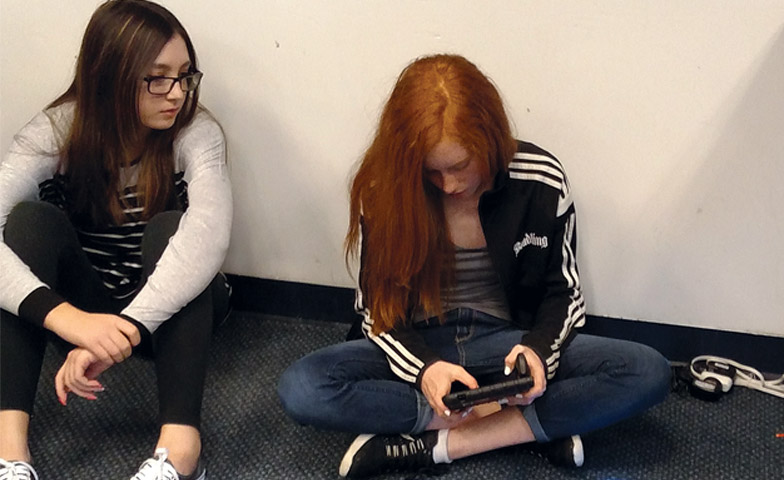
Three things middle level educators can do to encourage more girls to engage in STEM The movie Hidden Figures, the story of four African American women working at NASA in the 1960s, has reinvigorated the role of women in STEM (science, technology, engineering, math) careers. Although women comprise 48% of the current U.S. workforce, they comprise



0